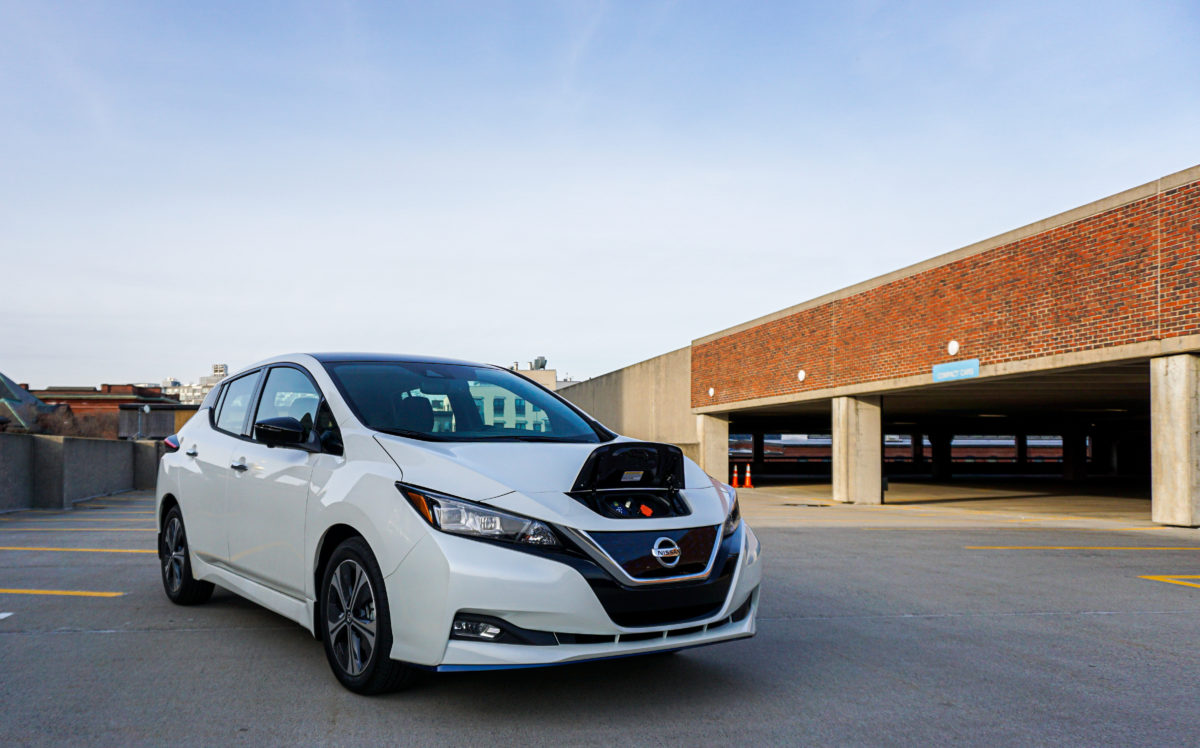
Range anxiety remains a major impediment to the widespread adoption of the electric car. After all, America is a big place, and plenty of us see more than 200 miles of highway every week. But imagine, for a moment, that you’re living in a city, taking public transit to and from work, and rarely driving far from home. Maybe you want a car for your trip to the grocery store once a week, to visit your brother 20 miles away, or to take Max to the good dog park—the one in the next town over. If any of this sounds familiar, you may look at an electric car and think, “Hey, that’s not a bad idea.”
For apartment-dwelling shoppers who drive only 200 miles per few weeks (or few months), electric cars offer a compelling proposition: low maintenance, low running costs, and a small environmental footprint. To see just how easy living with an electric car in the city is, I decided to try it myself.
Picking the Electric Car
Okay, so I didn’t really pick the car in this situation. Nissan lent me a 2020 Leaf SL Plus. With an EPA-estimated 215 miles of driving range, it would get me around town for my typical errands, and I’d still be able to drive my normal testing loop without worrying about running out of charge. I’d likely have to plug it in once or twice before returning it, giving the delivery driver a full battery for the drive back to the garage.
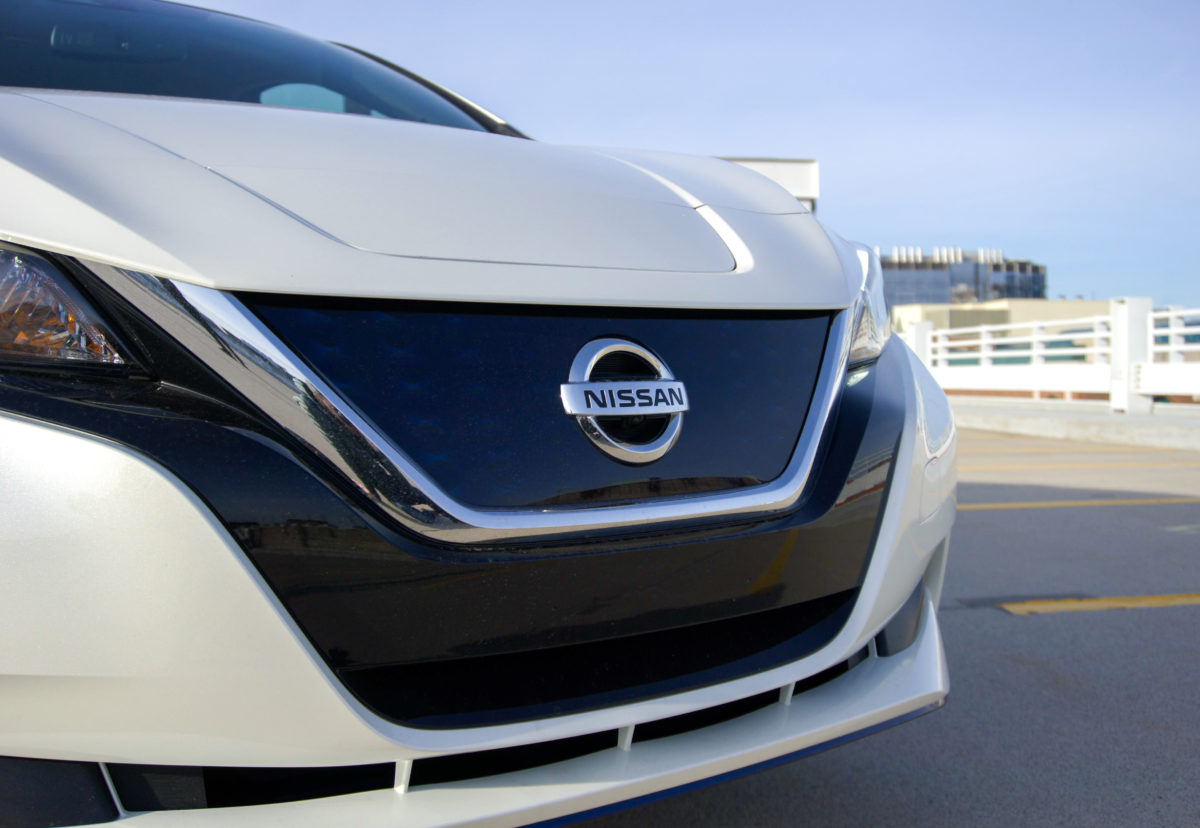
The Leaf is a good option for this test. Despite Tesla’s ubiquity among the collective young-urban-professional psyche, the comparatively humble Leaf remains the best-selling electric vehicle worldwide. It also offers both the standard Type 2 plug for slow and fast AC charging and the CHAdeMO plug for rapid DC charging. My Nissan Leaf could not use Tesla Supercharger stations.
Range Anxiety? Try Range Serenity
During my week with the Leaf, temperatures fluctuated between 30 and 60 degrees. I never had any issues with the displayed remaining range disappearing faster than the miles I traveled. After leaving home with 200 miles of range and winding through my 34-mile loop, covering stop-and-go traffic, wide-open freeway, a few select backroads, and a stretch of city driving, I parked the car with 165 miles left in the battery.
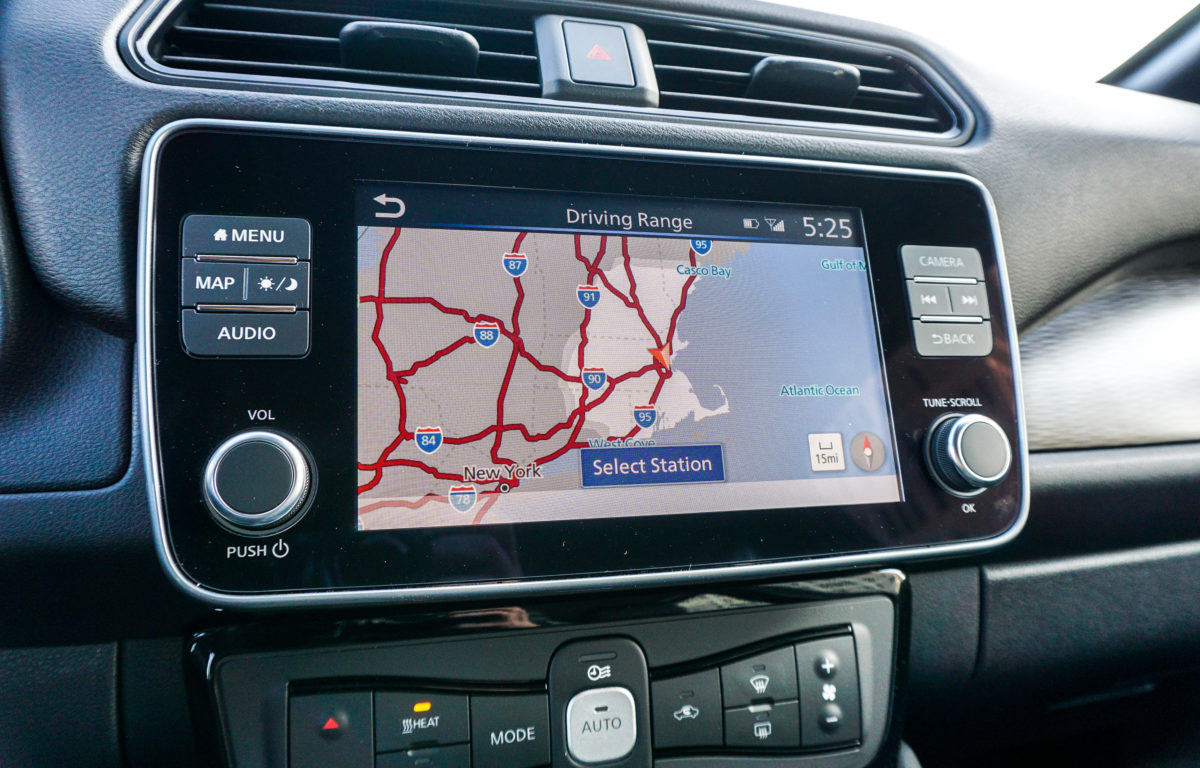
Electric cars like the Leaf all offer some sort of visual display illustrating the vehicle’s remaining range. In the Leaf, Nissan provides a handy map that shows just where you can drive on your existing charge. I may not have been able to make it to Burlington, VT, from my home in Massachusetts, but I could have made it pretty deep into the mountains.
That said, I was happy to not need to worry much about that map. Instead, I got to focus on the Leaf’s ProPilot Assist advanced driver-assistance system and its 7-speaker Bose stereo (both of which are exclusive to the top-of-the-line SL Plus trim)—and, of course, the road ahead.
Recharging Your Battery
So far, the Leaf indeed looks like an attractive option for city dwellers. However, even with the driving range appearing as advertised, there will still come a moment when the Leaf needs charging. And that, readers, is where complications arise.
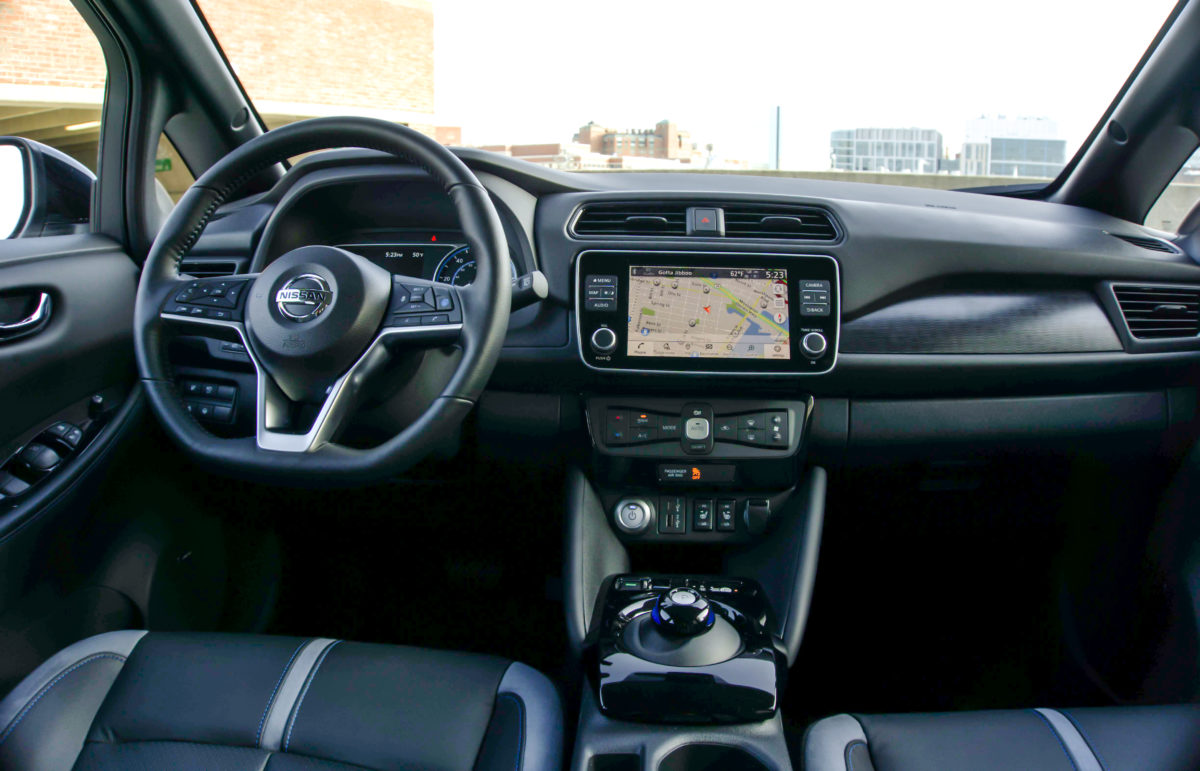
Outside of California, the Greater Boston area may be the best place in America to charge an electric car. Apps like ChargePoint are easy to understand and quickly identify the closest EV charging stations to your current position, whether they’re currently in use, and how much it costs to use them. I found ChargePoint much easier to use than the Leaf’s onboard system.
However, the problem is that most chargers in my area juice up vehicles at a rate of 6.6 kilowatts per hour. The bigger-batteried Leaf Plus trims pack a 62-kWh battery, meaning going from empty to full on one of these chargers would take close to 10 hours. And, naturally, many of the chargers have time limits. When my battery had dropped below 150 miles of range, I plugged in at a 6.6-kW station for an hour and 56 minutes. I came away with an extra 46 miles.
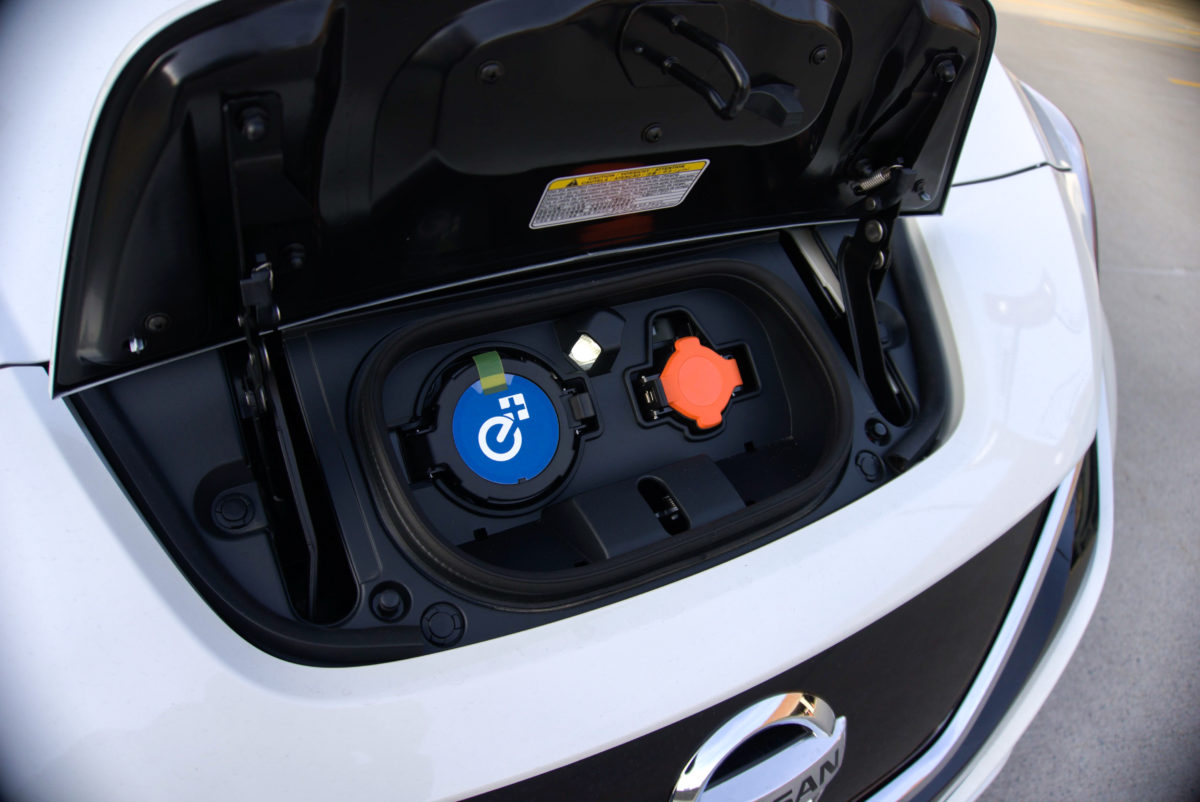
Faster DC chargers do exist, which utilize the CHAdeMO charging port, rather than the Type 2 port. However, they’re rare. If you can’t charge your electric vehicle at home or work, make sure you know where you can find a DC charger—and plan to visit it often.
Is the EV Lifestyle a Good Value?
First, the good news: You can charge electric cars for free. Naturally, there’s some bad news, too. Truly “free” chargers are even more rare than DC chargers; most chargers cost somewhere between 10 and 15 cents per kWh. Typically, the free chargers are run by schools or municipalities; I charged my Leaf test vehicle for free, but I still had to feed a parking meter a few bucks to use the space. You can live with an EV in the city, but it will require some extra thought when it comes to keeping its battery topped up with electrons.
And, of course, electric cars cost more than comparable gas-powered cars. You can hypothetically buy a Nissan Leaf or Chevy Bolt for less than $40,000, which can ultimately drop below even $30,000 once you factor in various federal- and state-level tax credits. But if my Leaf SL Plus test car’s $46,045 cost (with destination) is any indication, your electric car likely won’t feel worth its price tag.

The 2020 Leaf SL Plus does have leather seats and it does have a premium stereo and it does have top-tier safety systems. But it also has a boatload of plastic materials and a painfully simple (albeit all-digital) driver display, and the piano-black trim around the infotainment display and center stack feels cheap and is hard to keep clean.
And the Leaf isn’t alone in this regard. Even Teslas, those flashy style icons, have suffered plenty of complaints from owners and shoppers about shoddy build quality. When shopping for an EV, the bottom line is that your money will buy you technology and green efficiency, but it likely won’t buy you more than that.
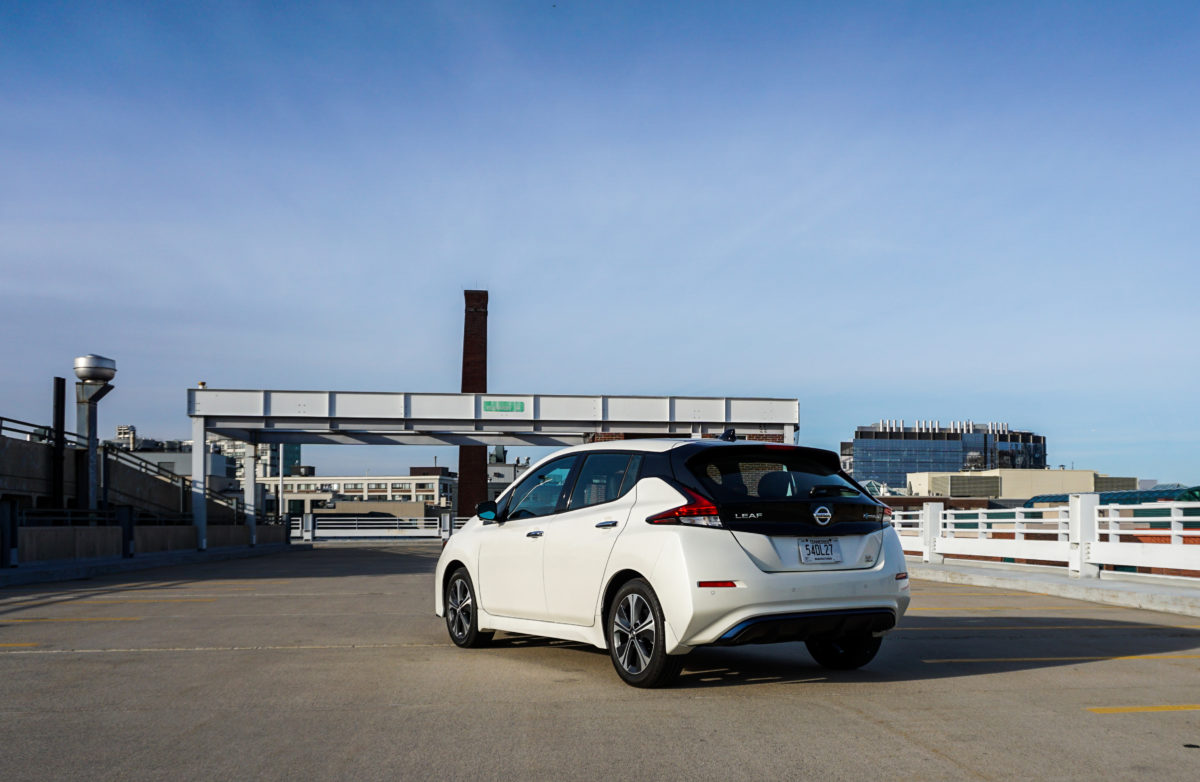
For more auto news, check out these articles:
- The Mercedes CLA-Class: A Luxurious Super Commuter
- The Range Rover Sport HST Hits the Sweet Spot
- With the 2020 Infiniti Q50, Style Comes Standard
The post We Tried City Living with an Electric Car appeared first on The CarGurus Blog.
We Tried City Living with an Electric Car posted first on http://www.cargurus.com/blog/
No comments:
Post a Comment